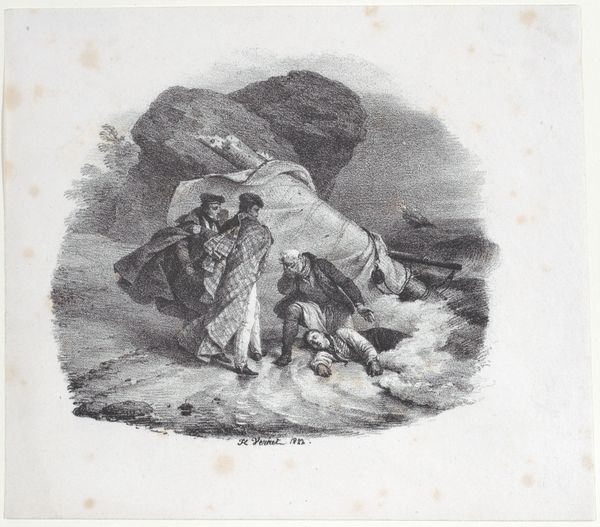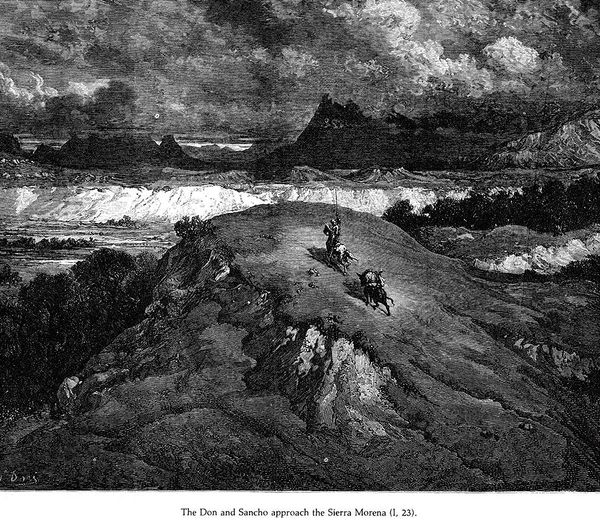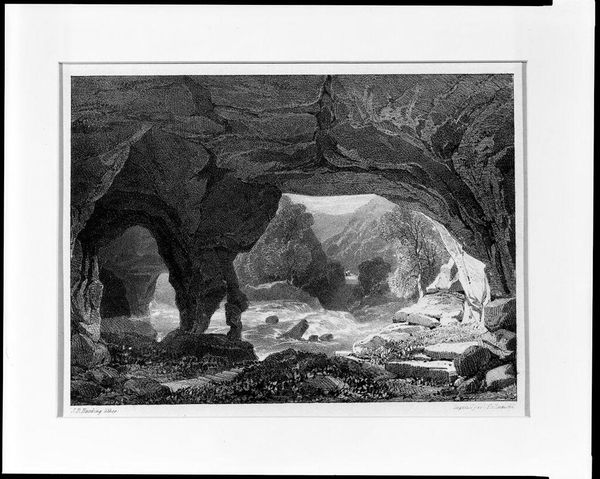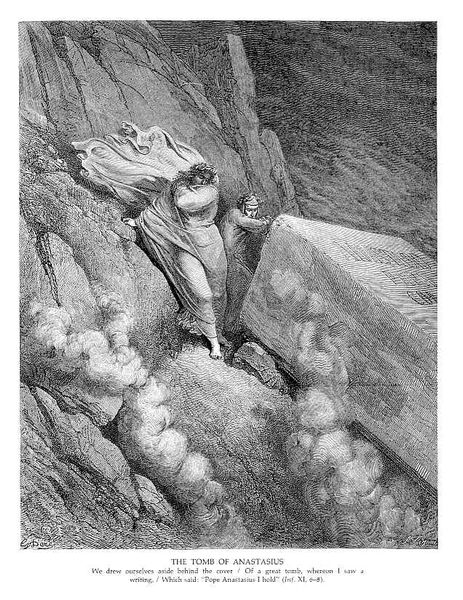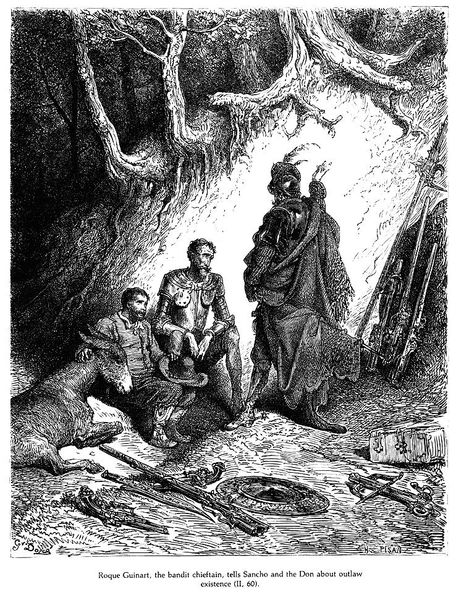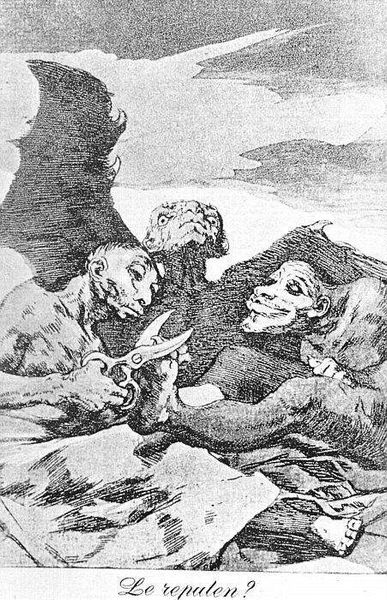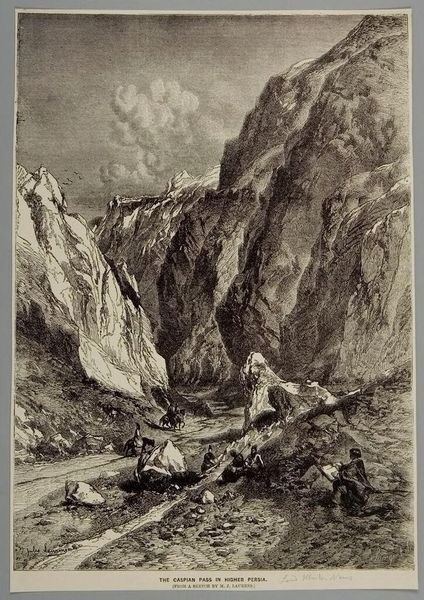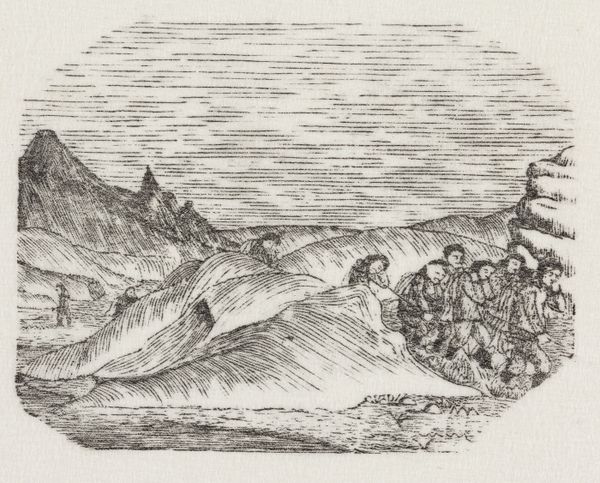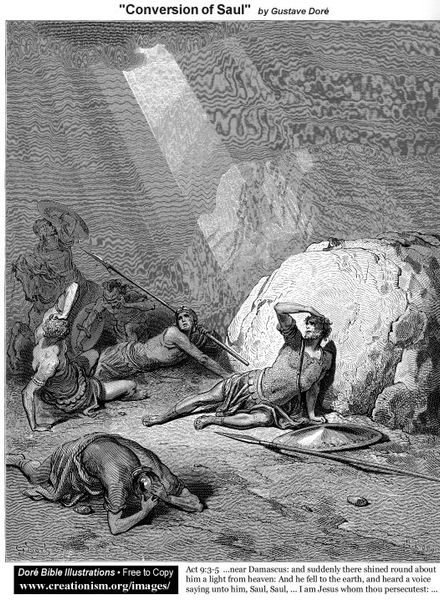
drawing, pencil
#
ink stage
#
drawing
#
amateur sketch
#
thin stroke sketch
#
pencil sketch
#
incomplete sketchy
#
landscape
#
linework heavy
#
sketchwork
#
sketch
#
pen-ink sketch
#
pencil
#
rough sketch
#
genre-painting
#
realism
#
initial sketch
Copyright: Public domain
Editor: Here we have an untitled sketch by Theodor Severin Kittelsen. It seems to be a pencil and ink drawing. My first thought is how grounded and natural the figures appear, despite the somewhat rough, unfinished quality of the drawing. What do you see in this piece, in terms of its imagery? Curator: I notice the cairn, that stack of stones, a very primal marker of place. This is about claiming space, signaling, “We were here.” The figures themselves are almost nestled into the landscape, aren’t they? Their hunched postures mirror the contours of the rocks. Their placement at the cairn could symbolize an acknowledgement of those that came before them. It is also about cultural memory. How would this image shift if the cairn weren’t there? Editor: That’s a great question. Without the cairn, they would just be figures in a landscape, perhaps just resting. But that monument speaks to history, tradition, permanence… Curator: Exactly. The cairn adds layers of symbolic meaning. The artist seems interested in depicting humanity as inherently connected to their past, almost shaped by the symbolic weight of prior existences. The rough lines add to the realism, as though memory itself isn't crystal clear. The men almost blend into the rocks. Editor: So the men are, in a sense, *becoming* part of the landscape, adding to that enduring presence? Curator: Precisely. Every mark, every placement, echoes through cultural time. What an interesting perspective this drawing provides! Editor: I now understand how symbols enrich a piece through cultural continuity and tradition, connecting the men to something far larger. Thanks for sharing that.
Comments
No comments
Be the first to comment and join the conversation on the ultimate creative platform.



